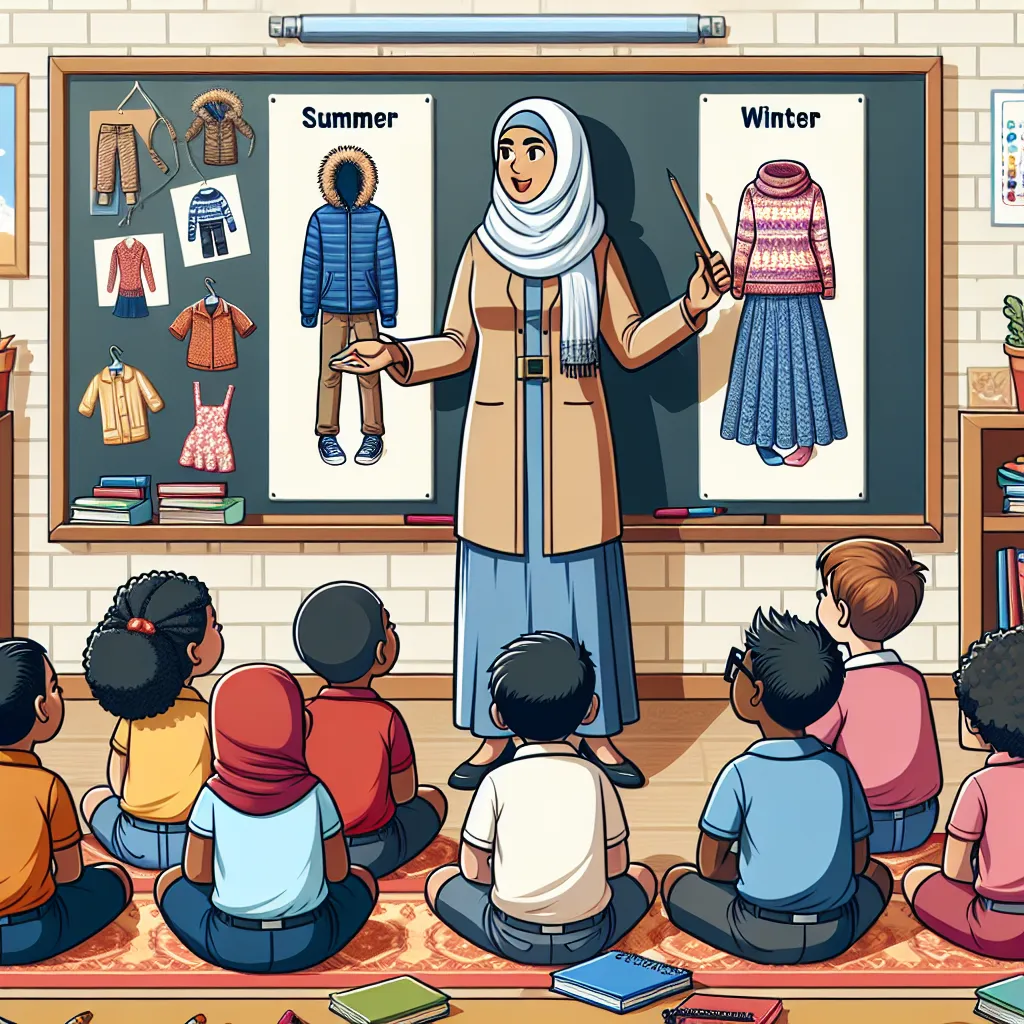Ask AI on The Internet
Question: QUESTION 1: (25) 1.1 List then define the pre-linguistic and the adult-like language stages in language development. (4) 1.2 Explain the concept of emergent literacy and its significance in a learner's language development and highlight how emergent literacy lays the foundation for later reading and writing skills. (3) 1.3 Critically discuss the importance of the Grade R year in the acquisition of language skills and discuss how teachers and parents or caregivers play a crucial role in fostering language development during this period. (4) 1.4 Describe the typical milestones and progressions observed in language development during this period. (4) 1.5 Analyse TWO (2) challenges that may arise during language development in learners and identify strategies that can support and promote language acquisition in the classroom or home environment. (4) 1.6 Critically explain how teachers and parents or caregivers can effectively address language-related difficulties in the following TWO (2) environments. - Teachers (at school) - Parents or caregivers (at home) (6) QUESTION 2: (25) 2.1 In your own words, explain the central idea behind Piaget's theory of learner's knowledge acquisition. (2) 2.2 Describe the concept of "schemes" as proposed by Piaget. How do learners develop and modify these schemes as they interact with their environment? (6) 2.3 Critically explain the process of assimilation in the context of Piaget's theory. Provide ONE (1) example of how learners assimilate new information into their existing knowledge. (3) 2.4 Differentiate between assimilation and accommodation according to Piaget's theory. Provide a real-life scenario where a child would need to use both processes to make sense of a new experience. (6) 2.5 Critically discuss the role of equilibrium in Piaget's theory of cognitive development and discuss how it relates to the balance between existing knowledge and new learning in a learner's mind. Provide ONE (1) example of a situation where a learner achieves equilibrium. (3) 2.6 Create a short activity that demonstrates how a Grade R teacher builds new knowledge onto existing knowledge in the classroom. Use any ONE (1) of the following topics: - Transport - Seasons - Farm animals - Healthy lifestyle - Safety (5)
### QUESTION 1 #### 1.1 Pre-linguistic and Adult-like Language Stages **Pre-linguistic Stage:** - The stage before children can form actual words. It includes crying, cooing, and babbling. - **Crying:** The initial form of communication from birth. - **Cooing:** Happens around 6-8 weeks; babies produce soft, gurgling sounds. - **Babbling:** From 6-9 months, babies make repetitive consonant-vowel sounds like "ba-ba." **Adult-like Language Stage:** - This stage includes complex forms of communication similar to adult language, usually occurring after the age of 4-5 years. - **Vocabulary Expansion:** Rapid growth in the number of words a child knows. - **Grammar and Syntax Development:** The use of more sophisticated sentence structures. - **Pragmatics and Social Use:** More effective use of language in social contexts. #### 1.2 Emergent Literacy **Concept of Emergent Literacy:** - **Definition:** The skills, knowledge, and attitudes that precede learning to read and write in the early years. - **Significance:** Emergent literacy includes recognition of letters, understanding that print carries meaning, and basic phonemic awareness. **Foundation for Reading and Writing:** - **Phonemic Awareness:** Recognizing and working with sounds in spoken language. - **Letter Knowledge:** Knowing that letters are symbols that represent sounds. - **Print Awareness:** Understanding how to handle a book and follow print on a page. #### 1.3 Importance of Grade R Year **Language Skills Acquisition:** - **Foundation of Formal Education:** Grade R (reception year) is crucial for social, emotional, and cognitive development, as well as literacy and numeracy. - **Language Exposure:** Children get structured exposure to language through stories, rhymes, and conversations. **Role of Teachers and Parents:** - **Teachers:** Facilitate structured learning activities that promote language development through various mediums like books and games. - **Parents/Caregivers:** Reinforce learning at home by engaging children in conversations, reading stories, and providing a language-rich environment. #### 1.4 Typical Milestones and Progressions **Milestones:** - **Vocabulary Growth:** Rapid increase in the number of words known. - **Sentence Formation:** Ability to form longer and more complex sentences. - **Storytelling Ability:** Children can retell stories with more details. - **Comprehension Skills:** Improved understanding of spoken and written language. #### 1.5 Challenges and Strategies **Challenges:** 1. **Delayed Language Development:** Can arise due to a variety of reasons including hearing impairments or limited exposure to language. - **Strategy:** Early intervention with speech therapy and increased language exposure. 2. **Bilingualism Issues:** Difficulty balancing multiple languages. - **Strategy:** Maintain a consistent language-use policy at home and school to support both languages. #### 1.6 Addressing Language-related Difficulties **Teachers (at school):** - **Differentiated Instruction:** Tailoring teaching methods to each student’s needs. - **Use of Visual Aids:** Incorporating pictures and gestures to help with comprehension. **Parents or Caregivers (at home):** - **Consistent Practice:** Daily reading and storytelling to encourage language use. - **Positive Reinforcement:** Encouraging and praising attempts to speak or read. ### QUESTION 2 #### 2.1 Central Idea of Piaget's Theory - **Concept:** Piaget's theory states that children actively construct their own knowledge through experiences, progressing through stages of development that are characterized by qualitatively different modes of thinking. #### 2.2 Concept of "Schemes" **Schemes:** - **Definition:** Cognitive structures or frameworks that help organize and interpret information. **Development and Modification:** - **Interaction:** As children interact with their environment, they develop schemes. - **Modification:** They accommodate new information by modifying existing schemes or creating new ones. #### 2.3 Process of Assimilation **Assimilation:** - **Definition:** Process of integrating new information into existing schemes. - **Example:** A child knows a dog is a furry animal and calls a cat a "dog" initially because it also has fur. #### 2.4 Assimilation vs. Accommodation **Assimilation:** - Incorporates new experiences into existing cognitive frameworks. **Accommodation:** - Modifies existing cognitive structures to include new information. **Scenario:** - A child believes all four-legged animals are dogs (assimilation). When encountering a cat and learning it meows, the child adapts their scheme to recognize cats as different from dogs (accommodation). #### 2.5 Role of Equilibrium **Equilibrium:** - **Concept:** The balance between assimilation and accommodation. - **Example:** A child successfully categorizes a new animal as a different species without confusion, achieving cognitive balance. #### 2.6 Grade R Activity **Topic: Seasons** **Activity Example:** - **Objective:** Link known concepts of weather to the four seasons. - **Activity:** Use a weather chart with pictures (sunny, rainy, snowy) and guide students to associate these with different seasons. - **Process:** Discuss what activities they do in each season, what clothes they wear, and what the weather is like to link new seasonal vocabulary to their existing weather knowledge.
Think your answer is better than the AI's? Post it below.
Other Most Relevant Posts:
 1.1 Two Literacy Skills Acquired (4)
1.2 Role Comparison of Teacher and Learners (10)
1.3 Language Teaching Theory (5)
1.4 Evaluation of Fun Component (3)
1.5 Assessment Technique Evaluation (3)
1.1 Two Literacy Skills Acquired (4)
1.2 Role Comparison of Teacher and Learners (10)
1.3 Language Teaching Theory (5)
1.4 Evaluation of Fun Component (3)
1.5 Assessment Technique Evaluation (3)
 1. **Language Development: Pre-Linguistic to Adult Proficiency**
2. **Emergent Literacy: Building Language Foundation**
3. **Grade R's Impact on Language Acquisition**
4. **Early Childhood Langua
1. **Language Development: Pre-Linguistic to Adult Proficiency**
2. **Emergent Literacy: Building Language Foundation**
3. **Grade R's Impact on Language Acquisition**
4. **Early Childhood Langua
 2.1 Piaget's Theory of Knowledge Acquisition: Exploring How Learners Develop Understanding
2.2 Unlocking the Power of Schemes: Piaget's Idea of Learners Interacting and Modifying Their Mental Structu
2.1 Piaget's Theory of Knowledge Acquisition: Exploring How Learners Develop Understanding
2.2 Unlocking the Power of Schemes: Piaget's Idea of Learners Interacting and Modifying Their Mental Structu
Question Tags
If you want your question answered by an AI, click here.




Post your own comment: